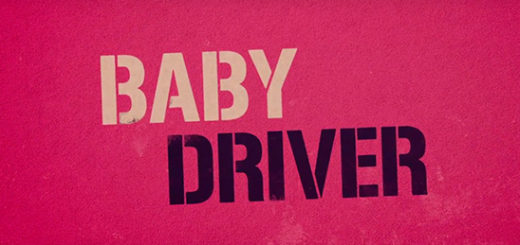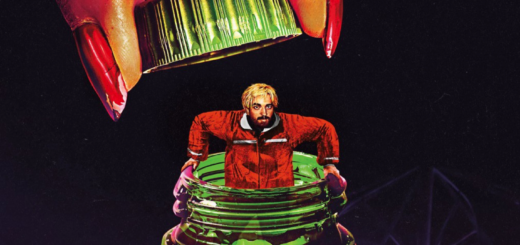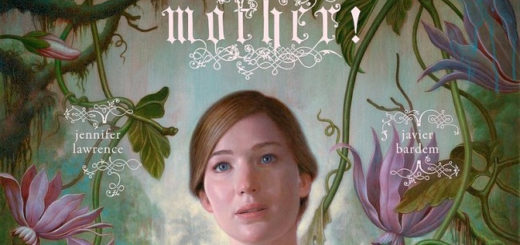LOVING VINCENT Review
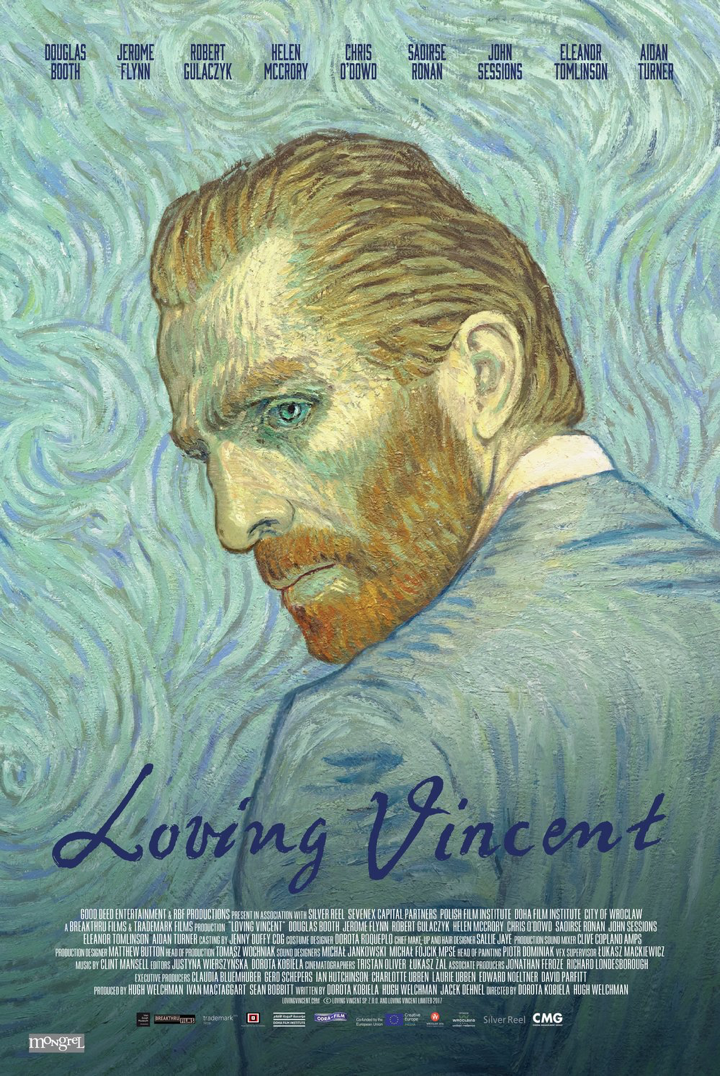
Directors: Dorota Kobiela and Hugh Welchman
Genre: Animation
Year: 2017
There would be no fate more cruel than dubbing a Vincent Van Gogh biopic a masterpiece. Of all misunderstood artists, Van Gogh’s life was perhaps the most tragic, one laced with the cultural ignorance that plagued the lives of mental illness victims far and wide. A painter before his time, and a vulnerable man living in an era of performative masculinity, there is perhaps nothing more truly cinematic than the identity of the illustrious artist. He was the living definition of man versus society, and with LOVING VINCENT, a team of highly skilled artists have set out to hand paint an animated eulogy to the creator of the Starry Night. Perhaps now Vincent can sleep in peace too.
So before continuing to wax poetic, let me make it abundantly clear: LOVING VINCENT is jaw-droppingly gorgeous. It boasts a magical quality that run-of-the-mill animated fare just doesn’t elicit anymore. The amount of time you can dedicate to simply asking yourself “how they did that” is flabbergasting. This is a unanimous contender for most exciting animated release of the millennium, and I’ll explain why. You see, everyone and their mother is up in arms about the fact that LOVING VINCENT is the first hand-painted film of all time. But frankly, it’s simply a far more laborious version of the rotoscoping seen in A SCANNER DARKLY. Claiming that this is the first of its kind is admittedly true, but that shouldn’t seal the deal for its quality as a film.
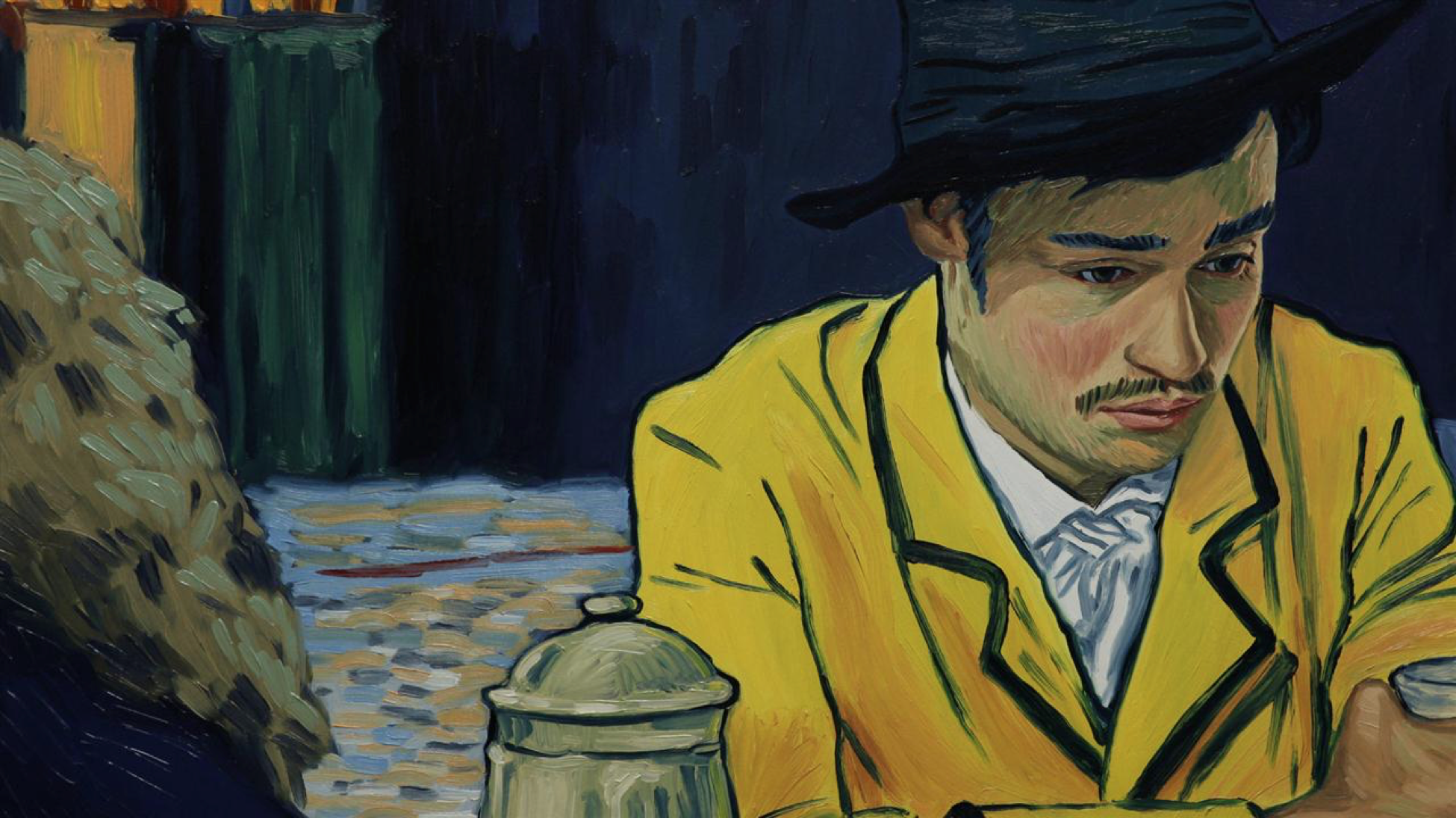
Pictured: the lead actors in LOVING VINCENT getting drunk after discovering that they didn’t invent rotoscoping, but they did invent the SLOWEST version of rotoscoping
Instead of talking about the process, I’d rather focus on the result. The part that really gets me about LOVING VINCENT is how daring it is for an animated film. The benefit of crafting animation that intends to pay homage to a famed painter is that the medium really can’t be as frenetic as is commonly anticipated. In turn, LOVING VINCENT is perhaps among the very few contemporary animated releases that consists of close ups, static master shots, and table side conversations. Let it be known that the cinematography (and yes, you can absolutely call it that) is incredible in this film; it feels studied and executed with clear intention. There’s a sullen quality here that animation tends to avoid. The image itself is magical, there’s no denying that, but the magic of the film mostly resides in the spoken faint memories of Van Gogh’s associates.
You see, LOVING VINCENT is really a poor man’s CITIZEN KANE. By all accounts, that is still a high compliment. Yes, the screenwriting is admittedly pitiful at times, with a real doozy sealing its fate in the film’s ultimate scene, and the acting can only be as good as the aforementioned dialogue allows it to be. But still, there is something that really works about this film. As our protagonist, Armand Roulin, tries to piece together the mystery of Van Gogh’s demise, he travels from person to person, hearing conflicting narratives about the artist’s fate. The layers of intrigue and ambiguity fuel LOVING VINCENT like a modern day RASHOMON clone, but its mileage runs out after attempting the same beat one too many times. There is some real gold hidden in these conversations, but sadly, most interactions consist of dialogue reminiscent of a video game cutscene.
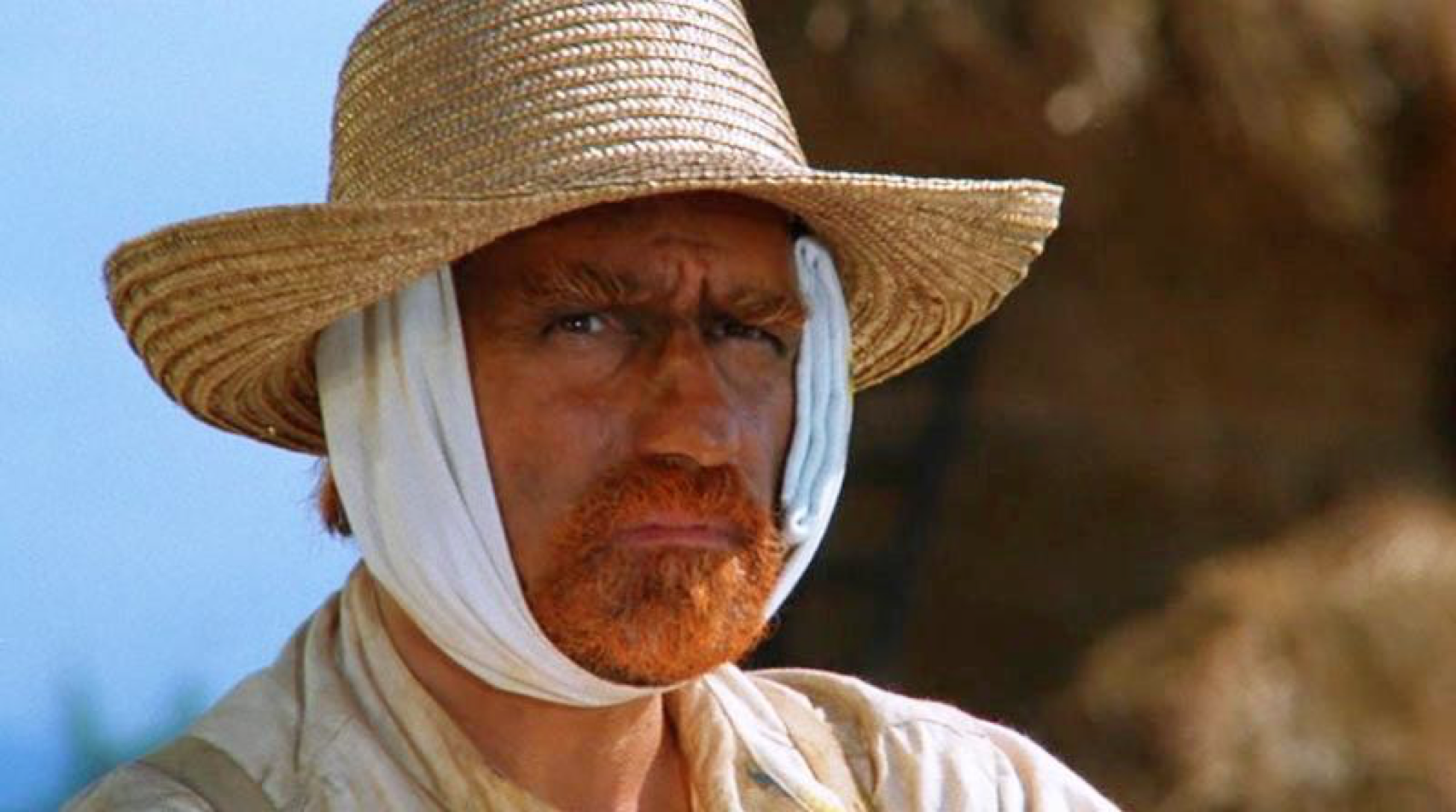
Disclaimer for all of you that MARTIN SCORSESE played VAN GOGH in a Kurosawa film!
Which brings me to the nature of the storytelling: perhaps this is a tad bit specific, but when considering the trajectory that biopics have taken over the years, it’s becoming all the more obvious that the most competent releases are those that limit themselves temporally (sometimes to merely a day in the life of a celebrity). Covering decades in an icon’s life feels strangely dated, a technique that was requisite for RAY, but felt confidently ushered out of style with JACKIE. LOVING VINCENT could have been a transcendence of this exact trope, a biography in which we never actually see the eponymous painter, and I’d wager that the film would have been all the better for it. Unfortunately, it’s a film that’s unashamedly indebted to its forefathers, one that is squarely trying to break new ground visually and nowhere else.
And yet, LOVING VINCENT’s visual splendor really kicks it to the finish line. It’s an undeniable fact that every frame of this was toiled over until the celluloid was a living, breathing canvas, but remove that component from the equation, and LOVING VINCENT is a seriously understaffed biopic. Do I want to see it win an Oscar by the year’s end? Over Pixar, yes. But whether or not it actually deserves that is debatable. There is something truly inspiring about a piece on memory and how our biases affect our understanding of a misunderstood icon, but unfortunately, LOVING VINCENT toys with the traditions of flashback storytelling too much for its own good. It’s a film that deserved a few rewrites, because with a screenplay that close to gold, it registers as a film just shy of perfection. Give this a gander; there’s no chance in hell that you’ll be disappointed. Just brace for that Starry Night scene, because it’s nowhere near as graceful as the painting it’s based on.
Verdict: Recommend

